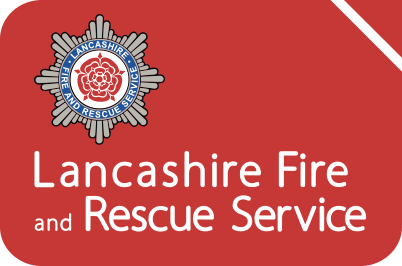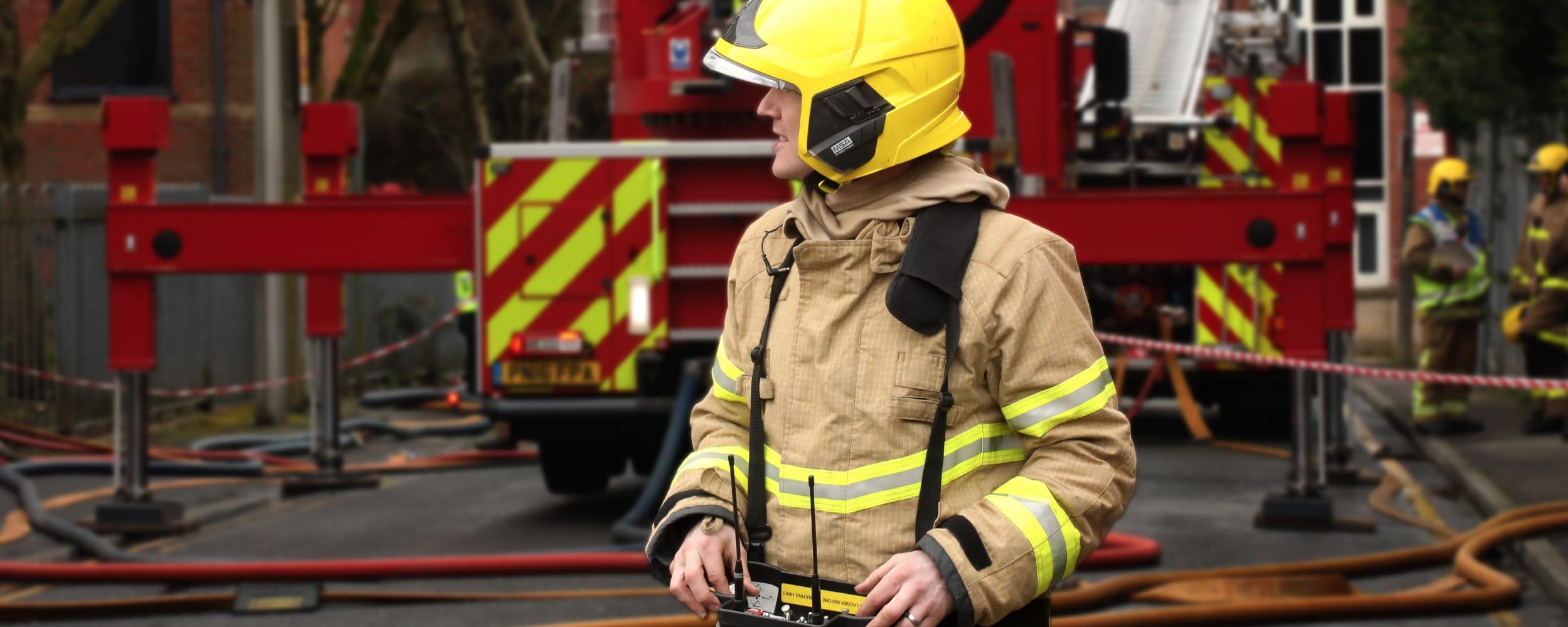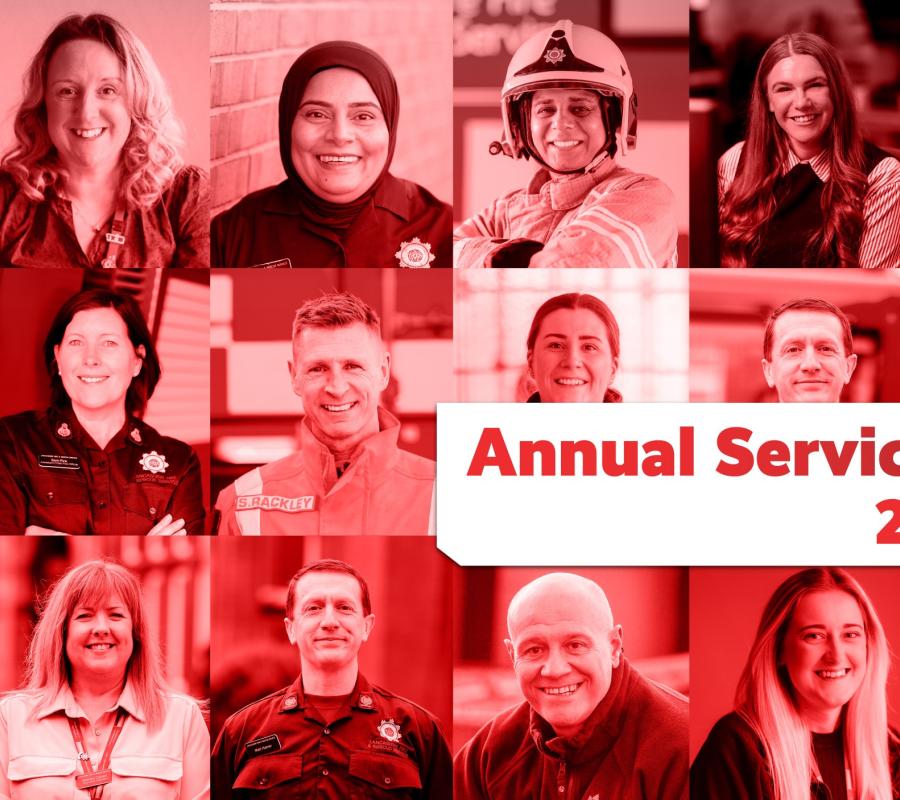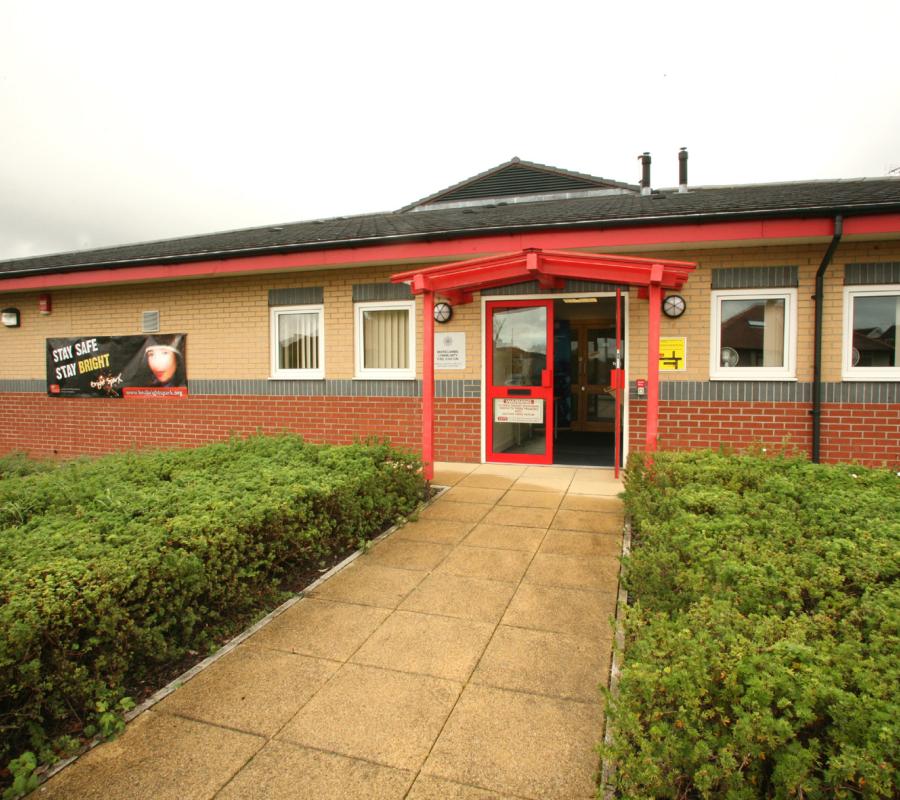The National Framework outlines the requirement placed upon FRA’s to provide assurance on operational matters which are determined locally by them in partnership with their local communities, citizens, businesses, and others.
FRA’s function within a clearly defined statutory and policy framework of which the key legislative documents defining these responsibilities are:
Fire and Rescue Services Act 2004
Civil Contingencies Act 2004
Regulatory Reform (Fire Safety) Order 2005
Fire and Rescue Services (Emergencies) (England) Order 2007
Localism Act 2011
Fire and Rescue National Framework for England
The Policing and Crime Act 2017
This section aims to provide assurance that our service is delivered in line with our statutory responsibilities and with due regard to the expectations set out in our CRMP including cross-border, multi-authority, and national incident arrangements. The key components, known as pillars, for operational assurance are as follows:
Operational Preparedness Assurance - This is the ‘before’ aspect of the assurance framework. It is conducted by the Operational Assurance Team delivered through station-based assurance visits and attending exercises. The focus is on core work that is aligned to reducing risk and our capability to respond to emergencies effectively and efficiently when the need arises.
Operational Response Assurance - This is the ‘during’ aspect of the assurance framework, which is delivered through assurance monitoring during the response phase of an incident or exercise.
Operational Learning - This is the ‘after’ aspect of the assurance framework, which is delivered through our debrief systems and by learning from safety events in LFRS, other Fire and Rescue Services, National Operational Learning (NOL), and Joint Organisational Learning (JOL).
The data and findings from these are analysed with key learning provided for staff on a quarterly report to support improvement, and items meeting the criteria are reported to NOL and/or JOL. Additionally, themes are considered for inclusion in training programmes.
Community Risk Management Plan (CRMP)
Our Community Risk Management Plan (CRMP) is a public facing document covering the period 2022-27. This plan is in place to provide the opportunity for LFRS to demonstrate how, we as an organisation, identify and assess all foreseeable fire and rescue related risks and challenges that could affect our communities over the 5-year period and how we plan to mitigate such risks or reduce their potential impact.
Key to the successful identification and management of risk is our ability to maintain a clear and current understanding of the present and future threats to Lancashire’s communities. Risk in Lancashire remains dynamic, constantly changing and differs between districts, which requires varying preventative activities. As a result, no single activity to reduce risk is adequate in all circumstances and a mix of prevention, protection and response activities delivered by a range of organisations is needed to reduce the likelihood of the risk event occurring or to lessen its consequences. This depth of understanding underpins everything we do, driving our governance and planning arrangements; our findings are published within the Strategic Assessment of Risk.
Planning and Performance
To meet the requirements of the CRMP the Service reviews its priorities and targets annually, this supports continual improvement and provides the opportunity to ensure that we undertake activities dependent on the requirements of our environment. Our corporate planning process has been developed to provide a rigorous yet flexible process that allows the Service to assess and respond to opportunities and threats as and when they emerge. Whilst the CRMP is in place to set out the strategic direction of the Service in the medium term, the Service also has in place a forward-looking Annual Service Plan which clearly sets out what we will deliver over the coming 12 months, this is complemented by the Annual Service Report which reflects our achievement against those objectives at the year end.
In addition to this on a quarterly basis, we produce a performance management report known as ‘Measuring Progress’. The content of this report is considered at Senior Management Team meetings and by the Performance Committee of the CFA.
Consultation
External and internal consultation is an essential part of the development of the CRMP and subsequent reviews, and as such we have a clearly defined Consultation Strategy. We use a variety of methods for engaging with community members and for every consultation exercise completed, a summary report is provided to the relevant committee of the CFA. This process ensures that key stakeholders are consulted, involved, and informed of the proposals to ensure that their input is considered within the final plans.
Community Risk Management
Our approach to integrated risk management is supported by the use of modelling. The Office of National Statistics categorises every part of the UK into a small neighbourhood called a Lower Layer Super Output Area (LSOA). There are 941 LSOA’s in Lancashire, each containing an average of 1,500 people. We use information about where fires have taken place in the past and combine this with various social deprivation data to give each area a risk grade.
The information is then used to identify geographic areas at higher risk where a combination of Prevention, Protection and Response activities can have the greatest impact.
This is utilised alongside the provision of tailored Safe and Well visits or Home Fire Safety Check service (HFSC) which is geared towards occupant risk and importantly, to those in greatest need and at greatest risk of fire.
We update the risk model on a regular basis and use the outcomes to direct and re-prioritise our activities. Risk reduction progress over the last 11 years is depicted in the table below.
-
| VERY HIGH | HIGH | MEDIUM | LOW | OVERALL SCORE |
Year | SOA Count | SOA Count | SOA Count | SOA Count | Risk Score Change |
2010 | 60 | 118 | 310 | 452 | 36,532 |
2011 | 60 | 114 | 303 | 463 | 36,238 |
2012 | 53 | 100 | 313 | 474 | 35,558 |
2013 | 40 | 93 | 301 | 507 | 34,228 |
2014 | 32 | 95 | 306 | 508 | 33,648 |
2015 | 41 | 86 | 281 | 533 | 33,268 |
2016 | 32 | 76 | 314 | 519 | 32,990 |
2017 | 25 | 74 | 321 | 521 | 32,398 |
2018 | 22 | 74 | 321 | 524 | 32,114 |
2019 | 21 | 68 | 310 | 542 | 31,816 |
2020 | 23 | 74 | 324 | 520 | 32,448 |
2021 | 21 | 61 | 338 | 521 | 31,862 |
| -65% | -48% | 9% | 15% | -13% |
OVERALL CHANGE | OVERALL REDUCTION IN VERY HIGH RISK SOAs | OVERALL REDUCTION ON HIGH RISK SOAs | OVERALL INCREASE IN MEDIUM SOAs | OVERALL INCREASE IN LOW RISK SOAs | OVERALL REDUCTION IN RISK SCORE |
Figure 2 - Changes in Fire Risk 2010-2021
Prevention and Protection
Our Prevention activities continue to evolve in line with changing societal risk, and are shaped by data, intelligence, and equality impact assessment. Activity remains focussed around the four key themes of helping people to Start Safe, Live Safe, Age Safe and be Safe on our roads, with a continued focus on working collaboratively with other organisations.
Our person-centred Home Fire Safety Check (HFSC) service continues to include Safe and Well brief interventions including, where appropriate, falls risk assessments, alcohol, and mental health advice, and promoting access to other services. This provides the gateway for further collaboration with colleagues in health and social care with a joint aim to improve the health and quality of life for those most at risk in our communities, which in turn reduces fire risk. LFRS remains focussed on identifying those most at risk from fire and continues to refine thematic campaign and referral generation approaches to achieve this e.g., our dementia cafes.
The Service currently has over two hundred approved partners ranging from Lancashire-wide collaborations with health trusts and home oxygen providers, to local third sector organisations. In addition to delivering our role within Community Safety Partnerships our District based Community Safety teams work with Health and Social Care Early Action and Multi-Disciplinary teams to ensure that the fire risk component of complex cases is recognised.
We continue to provide campaign activity which is based on national trends but shaped to meet local needs, drawing increasingly on the reach offered by social media as well as more traditional outlets which meet the needs of Lancashire’s diverse communities.
Education continues to be a priority and the Service has fire, water and road safety packages tailored for all Key Stages of education. Significant work has been undertaken to add Water Safety as a thematic group and we have worked with utility providers and owners of open water to support the introduction of throw lines and water safety boards at high-risk locations. Work continues, with key partners, to raise awareness of water risk across all age groups, but particularly teenagers.
LFRS remains a member of the Lancashire Road Safety Partnership and plays a key part in the delivery of Road Safe, Wasted Lives and Safe Drive Stay Alive education sessions to Lancashire’s young people. The Service also runs and supports a wide range of campaigns for all road users based on the National Police Chiefs Council campaign calendar.
We continue to provide the Princes Trust Team program and have Fire Cadet Units at a range of locations across Lancashire, complemented by a range of other youth engagement activities tailored to local need.
Our Incident Intelligence Team continues to investigate fires, gathering evidence to assist arson investigations, and intelligence to drive the continual development of prevention activities which keep pace with the perpetually evolving nature of risk in our society. We share intelligence with organisations such as Trading Standards, Building Research Establishment and the Office for Product Safety and Standards so benefits are felt further afield.
We will continue to develop the training we provide our staff to ensure we play our part in tackling broader issues such as modern slavery, serious violence (a new duty) and safeguarding those at risk of harm or radicalisation.
The Grenfell Tragedy in 2017, and the resultant public enquiries and technical reviews, has initiated the most far reaching and fundamental changes to Building Regulations and Fire Safety legislation seen in decades. The enquiries have exposed extensive failures in the way the built environment has been designed, constructed, and regulated over the past two decades and the requirements to address these historical failings now extend to all aspects of the construction industry and regulators. Following a period of review and consultation, legislative change is now taking place and LFRS has invested in a Protection Transformation Team to ensure it is well placed to meet future challenges. Specifically, the Service received additional regulatory powers in 2021 with respect to existing residential buildings and the suitability of their fire safety management systems, fire doors and external walls (including cladding and balconies). These were followed in 2022 with additional regulations for some residential buildings with respect to information supplied to residents. This includes boxes containing emergency plans, improved way-finding signage for firefighters, fire door maintenance and requirements to proactively share building plans and information on firefighting equipment operational status (lifts and smoke control etc).
In 2023 the Service will also become a joint regulator with the Health and Safety Executive and Building Controls at all stages of the design, construction, occupation, and operation of Higher Risk Residential Buildings. These advances will be undertaken alongside complementary improvements in Building Regulations and increasing competence expectations of everyone in the construction and regulatory sectors.
LFRS is investing in developing a highly skilled Protection workforce to ensure we are equipped to deal with these changes. Whilst this increased focus on the safety of residential buildings is welcome, such buildings make up only a proportion of Lancashire’s built environment, and the Service will continue to utilise a Risk Based Inspection Programme (RBIP) to identify the wider range of premises at risk from fire and undertake fire safety audits to assure compliance.
Whilst support to business and commerce remains a priority, we will maintain the ability to enforce and indeed prosecute where fire safety law has been ignored or flouted. Business support will continue to be provided by our Business Safety Advisors, campaign activity and website support, and we will continue to contribute to the principles of better regulation through our Primary Authority Schemes.
Whilst specialist and highly skilled Fire Safety Inspectors will undertake ‘audits’ we have increased our ability to ‘check’ compliance through our Business Fire Safety Check services which is undertaken by our Operational Crews. These visits evaluate simple measures linked to effective fire safety management and where there are failings that cannot be addressed at the time these will be referred on to specialist inspectors. These visits also provide an opportunity to collect risk information and provide arson risk reduction advice.
Through all these improvements, and how we use technology to support our protection activities and connect these to the quality of our operational response and training, LFRS is committed to taking a detailed and holistic approach to transforming Protection Services and adapting to regulatory change.
Mutual Aid Agreements
The National Framework states that Fire and Rescue Authorities must make provision to respond to incidents such as fires, road traffic collisions and other emergencies within their area and in other areas in line with mutual aid agreements. LFRS maintain mutual agreements for reinforcements with our five bordering Fire and Rescue Authorities - Cumbria, Greater Manchester, Merseyside, North Yorkshire, and West Yorkshire. These agreements are periodically reviewed to maintain currency and provide optimal response arrangements.
National Resilience
For the purposes of this document, National Resilience (NR) is defined as the capacity and capability of Fire and Rescue Authorities to work together and with other Category 1 and 2 responders to deliver a sustained, effective response to major incidents, emergencies, and disruptive challenges, such as (but not limited to) those identified in the National Risk Register of Civil Emergencies. It refers to risks that need to be planned for on a strategic, national basis because their impacts and consequences would be of such scale and / or complexity that local resources would be insufficient, even when considering mutual aid arrangements.
LFRS is a signatory to the National Mutual Aid protocol and has deployed assets to major incidents outside the region. The costs of such mobilisations are borne by the FRA within whose area the incident occurs and are therefore re-claimed by LFRS.
We remain subject to the NR audit processes which test the various aspects of our NR capabilities. NR has transferred from The Home Office to Merseyside Fire & Rescue Service as the Primary Authority.
Business Continuity
Business Continuity Management (BCM) is an integral part of our corporate risk management process. In relation to BCM processes and procedures, all FRA’s must satisfy the requirements of both the Civil Contingencies Act 2004 and Fire and Rescue Services Act 2004.
We are required to ‘write and maintain plans for the purpose of ensuring, so far as reasonably practicable, that if an emergency occurs the Authority is able to continue its functions’. This includes periods of industrial action.
In order to ensure that Lancashire Fire and Rescue Service comply with both pieces of legislation, our BCM complies with the Business Continuity Institutes’ Best Practice Guidelines. This provides a framework through which:
Critical processes are identified
Assessments of both internal and external risks which may impact on business continuity are made
Strategic, Tactical, and Operational Plans have been produced to ensure an acceptable level of service can be maintained following disruption
Procedures are developed to invoke the BCP
Arrangements are made to test the BCP
All key personnel are trained to understand their role within the plan
Responsibilities are clearly identified and assigned.
Each year the plans are reviewed and tested to ensure our plans are fit for purpose. The protracted Coronavirus pandemic demonstrated the Service’s ability to deal with a Major Incident, whilst at the same time responding to other emergencies in a timely manner and continuing with business as usual, as much as reasonably practicable.
Safety, Health, and Environment
The Combined Fire Authority meets regularly to consider local and national Safety, Health, and Environment issues and to provide strategic political leadership to the Service. The Authority has overall responsibility for the effective governance of Safety, Health, and Environment (SHE), including:
Agreeing the SHE Policy which outlines their commitments and ensuring adequate resources are available for the establishment, ongoing implementation and control of a Health and Safety Management System (HSMS) and Environmental Management System (EMS).
Providing a clear direction for the Executive Board and Senior Management Team to establish policies and manage health and safety and environmental responsibilities effectively.
Monitoring performance through receipt of the Annual SHE Report, to provide governance and assurance that an effective HSMS and EMS is operational within LFRS.
Our HSMS is based on the model Plan, Do, Check, Act laid down in the Health and Safety Executive publication HS(G)65 – Successful Health and Safety Management and written and implemented to the International Standard for Health and Safety Management Systems, ISO 45001:2018. The EMS is written and implemented to the International Standard ISO 14001:2015. Certification for both standards has been in place since 2011/12 with re-certification taking place every 3 years followed by annual surveillance audits. The last successful audit took place in 2022, where certification was extended with no non-conformances identified by the external audit team. As part of the audit process, the auditors visit a range of stations and departments and examined the ‘Full provision of fire, rescue and supporting services across Lancashire’ delivered by the Combined Fire Authority from a health and safety and environmental perspective.
Each year a performance review of Safety, Health and Environment is carried out and reported to the Combined Fire Authority in the Annual SHE Report. Part of business-as-usual is the review of all policies, procedures, instructions, support for staff wellbeing and guidance to ensure that we continue to meet our legal obligations in respect of safety, health and environment and we validate this by a system of internal and external audits. To ensure continuous improvement is made in both the HSMS and EMS, we have developed an action plan to assist in delivering future improvements.
Training and Development
Lancashire Fire and Rescue Service Training and Operational Review policy is designed to provide training and development to personnel to enable the organisation to fulfil its vision of 'Making Lancashire Safer'. Training is based on the needs of the organisation with a strong focus on ensuring that personnel are safe and competent in the delivery of the prevention, protection, and response services we provide.
The training programme considers learning identified through our own operational review processes, as well as from reports describing learning from events of national significance. The Training and Operational Review department supports continual learning and organisational development through a wide range of programmes tailored to role and responsibility, as well as managing the selection processes which identify managers for advancement. Ongoing development and maintenance of competence is a key focus, and this is facilitated through a robust maintenance of skills programme linked to an e-learning system which is continually updated.
Trainers are selected and developed across an extremely diverse variety of specialisms, ranging from the intricacies of boat handling and rope rescue, through to the complexities of mounting a successful fire safety prosecution. Where necessary, support is commissioned from specialist providers.
The Training and Operational Review Department work in conjunction with other Departments within the Service, such as Human Resources and the Safety, Health, and Environment Department, to provide training and development for all members of the Service. There is a particular focus on Leadership Development across the Service.






